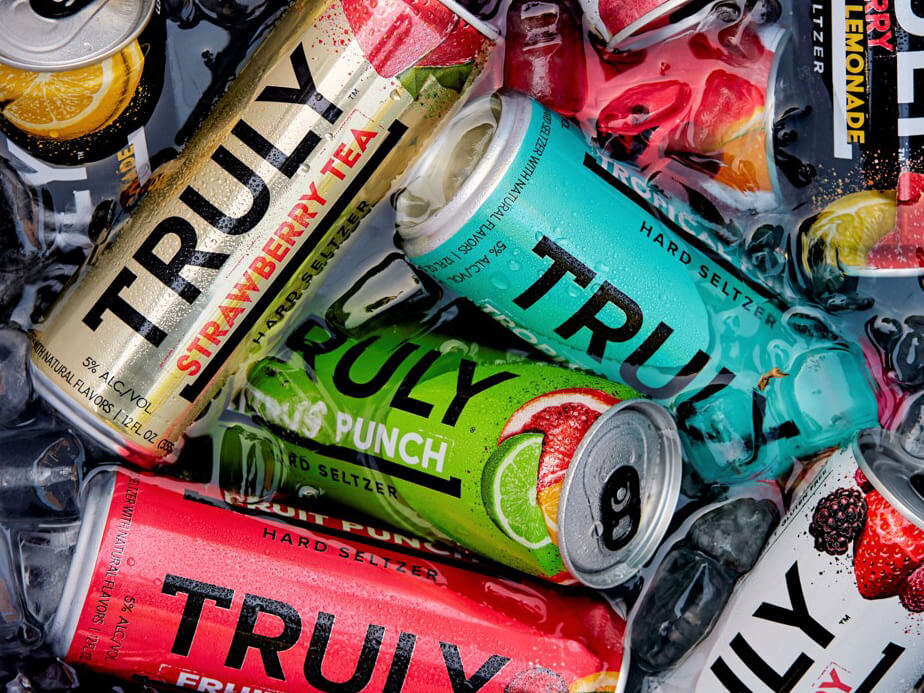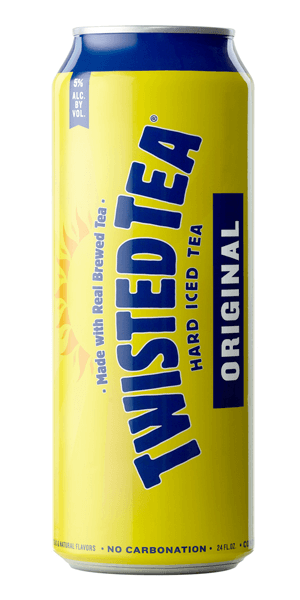This article is brought to you by Boston Beer, a NACS supplier member.
What does today’s typical alcohol beverage consumer look like?
Today is probably the hardest time ever for a retailer to allocate space and have the proper assortment for their stores, as there is not a typical beer shopper/consumer anymore. At any given time, a retailer can be trying to service four generations of shoppers (baby boomers, Gen X, millennials and Gen Z), and each will shop the beer cooler differently. Combine this generational divide with an explosion in multicultural shoppers, and you can understand the complexity in trying to attract today’s consumers. As an example, baby boomers shop traditional beer first 80% of the time, while the ever-important Gen Z shoppers look at it differently and may only purchase traditional beer first 58% of the time.
There is a big opportunity for the convenience store channel to attract these Gen Z and millennial beer shoppers. About a decade ago convenience store operators began to expand their import beer offerings by carrying the lead import packages from Corona, Modelo and Heineken. The same opportunity exists today in “beyond beer.” By carrying the lead packages of Truly, White Claw, Mike’s Hard Lemonade and Twisted Tea, the c-store operator can attract valuable Gen Z and millennial shoppers.

How do retailers know how much cooler space to dedicate to seltzers and other beyond beer products?
Since these products are growing rapidly, it is important that retailers focus on providing enough space for future growth and not focus solely on historical sales. Through May 23, IRI c-store data shows hard seltzers being 8.6% of beer dollars and growing 44% in the latest 13 weeks. Beer category sales are up 1.5% year to date (YTD). Based on this, we believe c-stores need to dedicate 10-12% of their cooler space to hard seltzers to capture future growth and profit opportunities.
C-stores need to dedicate 10-12% of their cooler space to hard seltzers to capture future growth.
Our recommended approach is to expand segment space to meet future demand and reduce space on underperforming segments and SKUs. Right now, we are seeing shoppers trade up from sub-premiums and premiums into higher-end segments, including import and beyond beer.
And then there’s determining the right assortment …
Yes, that’s right. We recommend a four-step approach:
- Ensure adequate days of supply on the core 80% of anchor brands and items. In the case of c-stores, Truly and White Claw represent 75% of the dollars and are growing 125% and 30% YTD, respectively. To ensure lead brand availability, these two brands should have at least 75% of the dedicated seltzer space.
- As space allows, add in your next best performing items.
- Cut underperforming items to make room for innovation and continue segment growth.
- Add new items and brand innovations as space allows. The retailers who have taken this approach have driven hard seltzer to be over 15% of their dollars.
Once the assortment and spacing is on target, how can retailers best market beyond beer products to their customers?
Part of it is making sure the shopper knows that you have the items they are looking for. As an example, 42% of Gen Z beer shoppers of legal drinking age consider beyond beer items first when making their purchases1. It is important to reach this shopper digitally in retail promotions. Prominently display leading, growing brands so customers know they are available.

Additionally, beyond beer segments are more unplanned and impulse decisions compared to traditional beer segments with shoppers being more engaged in store2. Ensuring beyond beer segments are properly blocked and early in flow on shelf, as well as strategically placed displays, will drive higher visibility to capture incremental purchases.
Clearly these products are here to stay, so how should retailers plan for future growth in this category?
We see a lot of similarity between the energy drink segment and the hard seltzer segment. Eight out of 10 energy drink shoppers buy Monster and/or Red Bull and 8 out of 10 hard seltzer shoppers buy Truly and/or White Claw. C-stores have done a great job in grabbing the Red Bull and Monster energy drink shopper by focusing on those brands with the proper space allocation, product assortment and promotional activity. The seltzer segment is led by Truly and White Claw, while the FMB segment is led by Mike’s Hard Lemonade and Twisted Tea. Making sure the brands that are driving volume have the proper space allocation, product assortment and promotional activity will help your segment grow. Place your bets on the proven winners.
1: �Consumer Decision Tree research, Vista Grande (March 2020)
2: �Category Shopper Fundamentals, NielsenIQ (January 2021)